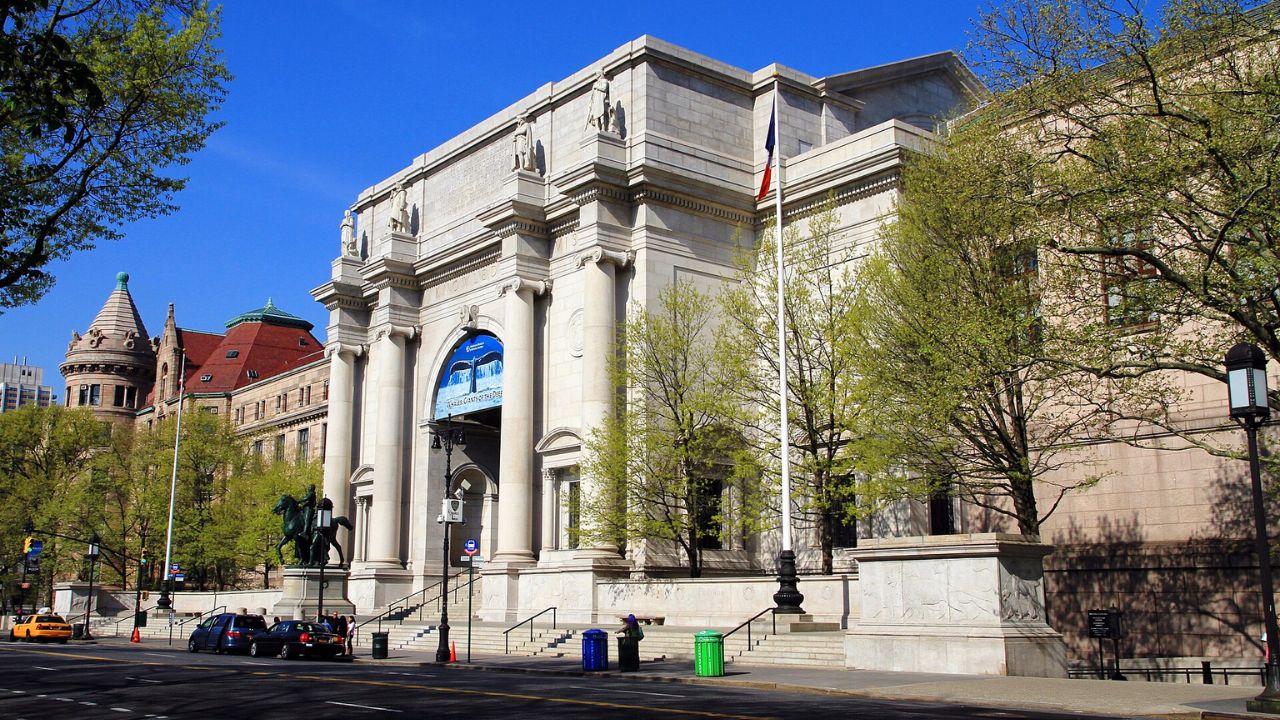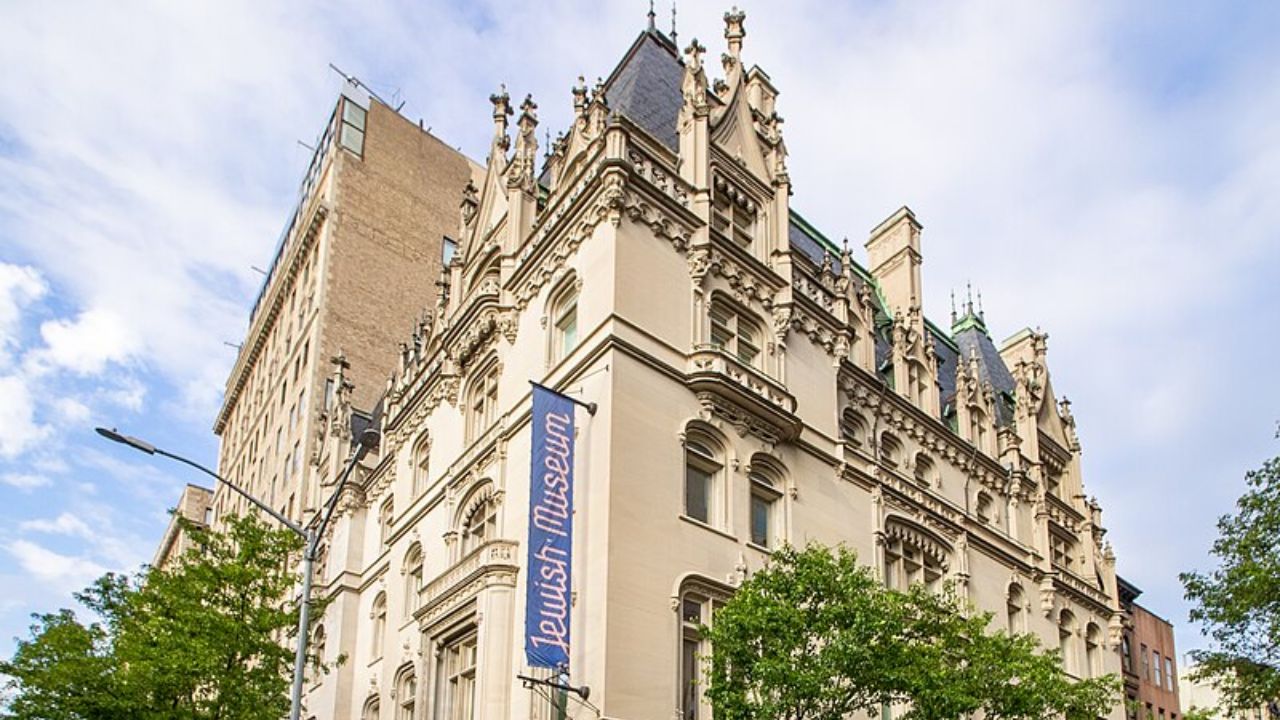What are the Must-see Museums when searching for things to do in Uptown NYC?
You know that feeling when you walk into a space and immediately sense you’re somewhere special?
That’s what happens in Uptown NYC’s museums.
While Downtown gets plenty of buzz, the museum scene uptown offers something different.
It’s where world-class collections meet neighborhood charm, and where you can spend an entire day without bumping into tour groups at every turn.
Let us share what makes these museums essential stops when you’re planning things to do in Uptown NYC.
#1 The Metropolitan Museum of Art

Standing on Fifth Avenue, The Met commands attention. This isn’t your typical afternoon museum visit. With over 2 million works spanning 5,000 years, you could visit weekly for a year and still discover new treasures.
The Egyptian wing alone justifies the trip. Walking through the Temple of Dendur feels surreal. This actual Egyptian temple was dismantled and rebuilt inside the museum. Natural light floods through floor-to-ceiling windows, creating shadows that shift throughout the day just like they did along the Nile thousands of years ago.
However, here’s what most visitors often overlook. The rooftop garden opens seasonally and offers some of Manhattan’s best skyline views. Contemporary art installations in the area create fascinating contrasts against Central Park’s lush greenery and the city’s steel and glass towers.
The American Wing deserves your attention too. Period rooms recreate entire spaces from different eras of American history. You’ll walk through an actual room from a colonial Massachusetts house, then step into a Frank Lloyd Wright living room. It’s time travel without leaving the building.
#2 American Museum of Natural History

Yes, the dinosaur halls are spectacular. The Titanosaur in the main hall stretches so long its head extends into the corridor. But limiting your visit to fossils means missing out on so much more.
The Hayden Planetarium will change how you think about your place in the universe. Their space shows the use of cutting-edge visualization technology. You’re not just watching stars on a dome. You’re traveling through actual astronomical data, seeing the universe as scientists understand it today.
The ocean life hall stops people in their tracks. A 94-foot blue whale model hangs from the ceiling. Dioramas show marine ecosystems with stunning accuracy. The craftsmanship in these displays rivals fine art museums.
Here’s something worth knowing. The museum’s research happens behind those public halls. Scientists here publish groundbreaking work in paleontology, astrophysics, and anthropology. When you visit, you’re seeing the public face of an active research institution.
#3 The Guggenheim

Frank Lloyd Wright designed only one building in New York City. This is it. The spiraling rotunda defies every convention of museum design. Most museums move you through rectangular rooms. The Guggenheim sends you up a continuous ramp that curves along the building’s exterior wall.
This design creates an unusual viewing experience. You see artworks while moving along a gentle slope. Pieces across the rotunda remain visible, creating unexpected visual connections between different works and different eras.
The permanent collection focuses heavily on modern and contemporary art. Kandinsky’s paintings fill entire rooms. The museum owns one of the world’s most important collections of his work. You’ll also find crucial pieces by Picasso, Pollock, and other artists who shaped 20th-century art.
Special exhibitions here tend toward the ambitious. The curved walls and unique space challenge traditional display methods. Curators have to think creatively about how to present work in this distinctive environment.
#4 The Jewish Museum

Located in a French Gothic mansion, this museum tackles 4,000 years of Jewish culture and history. But it’s not just about the past. Contemporary artists engage with Jewish themes, identity, and current social issues.
The permanent exhibition “Scenes from the Collection” takes you through Jewish history and culture chronologically. You’ll see ancient artifacts, religious objects, and contemporary art side by side. This approach shows how Jewish culture evolved while maintaining continuity across millennia.
Special exhibitions often address contemporary social issues through a cultural lens. Recent shows have explored immigration, identity, and the intersection of Jewish and American culture. These aren’t dry historical displays. They’re having conversations about current issues.
#5 El Museo del Barrio

This museum fills a crucial gap in New York’s cultural landscape. Founded during the civil rights movement, it celebrates Caribbean and Latin American art and culture. The collection includes pre-Columbian artifacts, traditional folk art, and contemporary works by Latino artists.
The permanent collection of santos (carved wooden saints) represents one of the finest collections of Puerto Rican folk art anywhere. These pieces show how Caribbean culture blends indigenous, African, and European influences into something entirely unique.
Contemporary exhibitions highlight both established and emerging Latino artists. The museum serves as a platform for voices often underrepresented in major American museums. You’ll see work that addresses immigration, identity, and the Latino experience in America.
Making the Most of Your Museum Time
Planning upper west side things to do around museums requires a strategy. Most of these institutions cluster near Central Park, making museum hopping possible but exhausting.
Consider these practical points. The Met and Natural History Museum both require multiple hours. Trying to see both thoroughly in one day leads to museum fatigue and sore feet. Better to focus deeply on one than rush through both.
Many museums offer free or pay-what-you-wish hours. The Guggenheim has Saturday evening pay-what-you-wish admission. These times get crowded, but they make visits more accessible.
Weekday mornings, particularly Tuesday through Thursday, see fewer visitors. You’ll have more space to contemplate artworks and read exhibition text without people crowding around.
After a day of museum exploration, complement your cultural journey with our Culinary Tours, which showcase the vibrant food scene of Uptown NYC.
Beyond the Big Names
While the Met and Natural History Museum dominate conversations about things to do in the Upper West Side, NYC, smaller institutions offer equally rewarding experiences. The New-York Historical Society (yes, the hyphen is part of the official name) displays a fascinating collection of American historical artifacts. Their library holds an incredible collection of documents relating to New York and American history.
The Nicholas Roerich Museum occupies a brownstone on the Upper West Side. This small museum celebrates the Russian artist who created thousands of paintings, many depicting Himalayan landscapes and spiritual themes. It’s free, intimate, and utterly unlike the major museums nearby.
For groups seeking unique team-building experiences, our Corporate tours can include visits to hidden gems like the Nicholas Roerich Museum, fostering creativity and connection.
Explore Uptown NYC’s Museums with E&E Tours
Let e.e. Tours turn your Uptown museum day into a smooth, curated experience. From iconic stops like The Met and The Guggenheim to cultural gems like El Museo del Barrio, we handle the details so you can focus on discovery.
Whether it’s a private group, corporate outing, or an educational trip, our guided tours blend insight, comfort, and convenience. Book your tour with e.e. Tours today and see the city’s art and history come alive, without the stress of planning.